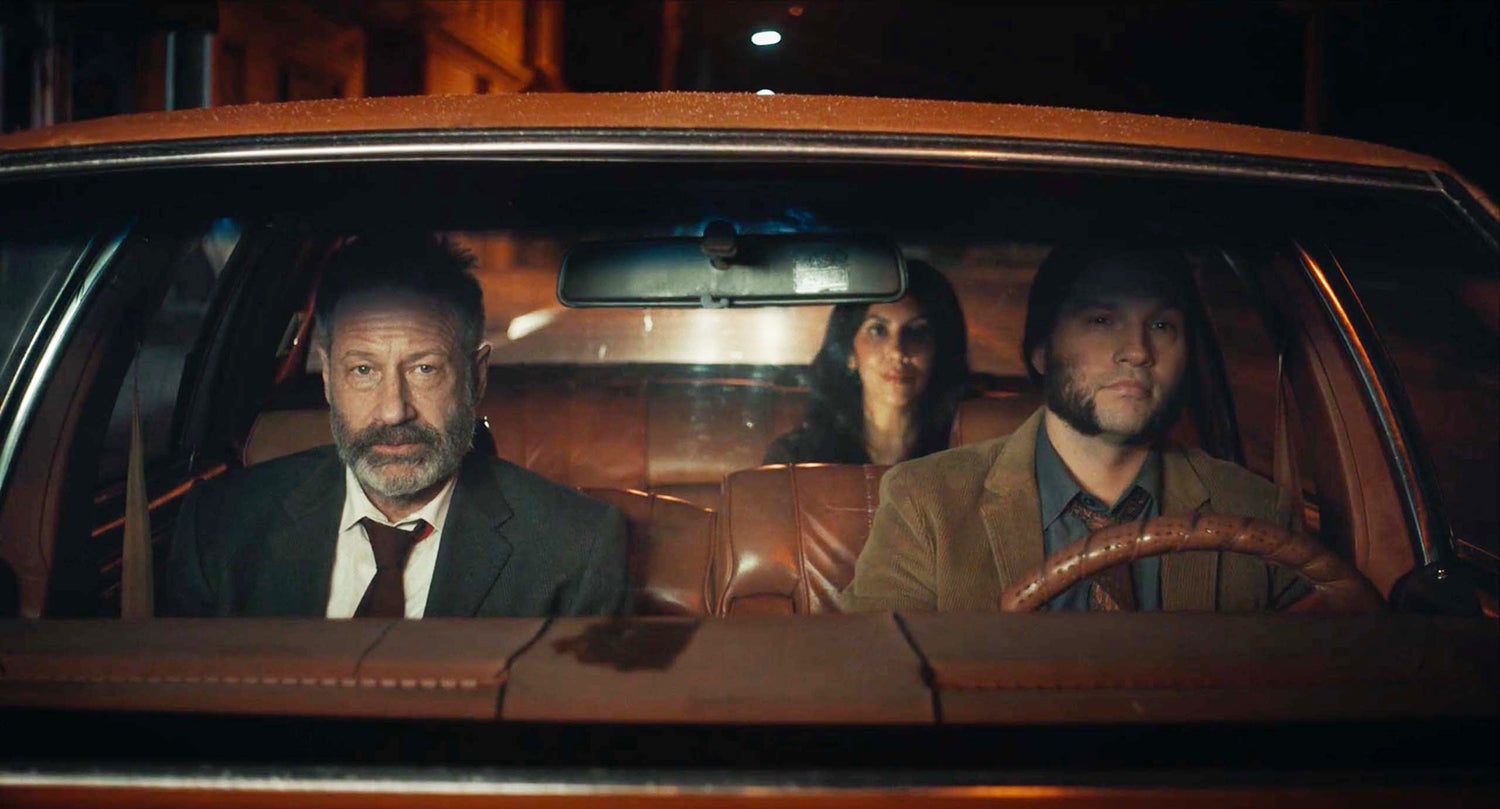“The Super Mario Bros. Movie” crushed its opening weekend debut with more than $200 million nationally and nearly $400 million globally.
That’s no surprise to Bryan Carr, a University of Wisconsin-Green Bay professor who teaches about video games. As a kid in the 1980s, he learned to read thanks in part to the instruction manual for “Super Mario Bros.” on Nintendo.
Mario, the Japanese-created short Italian plumber, has persisted across media for decades because he’s a warm and inviting character who can fit into different cultural contexts, Carr said. Mario isn’t edgy or cool, and Carr said that’s important.
News with a little more humanity
WPR’s “Wisconsin Today” newsletter keeps you connected to the state you love without feeling overwhelmed. No paywall. No agenda. No corporate filter.
“He is just an everyman,” Carr said recently on Wisconsin Public Radio’s “Central Time.” “Whether he is fixing pipes with his brother, trying to bring a gorilla back to the zoo or becoming a doctor … he’s really just a malleable character that can fit into a variety of situations.”
Plenty of video games become movies or TV shows with varying levels of success. Speaking in advance of the movie’s premier, Carr delved into how these efforts can sink or swim, what challenges they face and which projects have paid off the most.
Knowing the roots
One of the longstanding problems with film adaptations of video games is the extent to which the movie creators know and take from the original game, Carr said.
When he was a child, he saw the 1993 “Super Mario Bros.” movie with John Leguizamo and Dennis Hopper. While there has been a fan reappraisal of that film in recent years, he said it was bad. He was at the height of his Nintendo fandom then, but he did not enjoy the experience.
The problem? Carr said the film missed out on what Mario is really about.
“That movie was definitely made by people who had a vague understanding of what the source material entailed but not necessarily how to turn it into a larger film,” he said.

The narrative
One adaptation that exploded in popularity recently was HBO’s “The Last of Us” series, one that very closely mimicked the game version. Each episode, Carr said, corresponded with a major arc from the game except for one episode that was largely a product of the show.
But “The Last of Us” is quite different than Mario games because the former, even as a game, was driven by the plot and narrative. The story is a large part of the user experience. For Mario, Carr said the narrative isn’t as relevant.
“The narrative is there as window dressing to explain why things happened. If I pick up this mushroom, why do I get bigger? Right? It is not the main thrust,” he said. “The main thrust of the reason you play that game is for the sense of challenge, the sense of exploration and discovery, and to get better times (and) get better scores.”
“Whereas ‘The Last of Us,’ your primary motive for playing that game is to see the story through,” Carr continued.
A story-driven game, he said, is easier to translate over to film than the alternative.
Carr said some games, such as the “Grand Theft Auto” and “Metal Gear Solid” series, draw heavily on cinematic influences already. For example, “Grand Theft Auto: Vice City” is a lot like “Scarface,” and “Grand Theft Auto: San Andreas” from that series is influenced by “Boyz n the Hood,” he said.
But there would still be matters to figure out before making a hit movie.
“What do you add to a ‘Grand Theft Auto’ movie? Is it simply a crime story? Is it a satire? Is it both?” he asked. “The challenge would be: How do you take something where the game is trying to tell you one story and the gameplay is letting you do something else in many cases and create a cohesive, creative vision for that?”
What’s in and what’s out?
One challenge is fitting the story arc of video games into much shorter films. Sometimes, a game can take 60 hours of play to complete. How does that fit into two or two-and-a-half hours?
“What do you cut?” Carr asked. “Even a trilogy would be very difficult.”
A method to thread the narrative needle would be to create a prequel to a game. That way, creators are still tapping into existing characters and universes, but they are not bound by the plots of a full game, he said. Same goes for a side story or sequel.
“Hollywood loves to adapt existing properties,” he said.
Wisconsin Public Radio, © Copyright 2025, Board of Regents of the University of Wisconsin System and Wisconsin Educational Communications Board.




